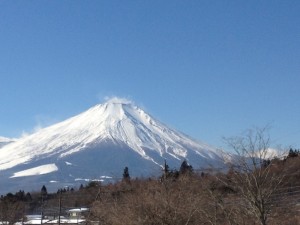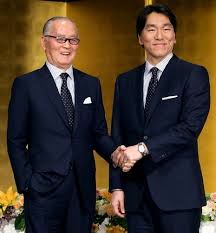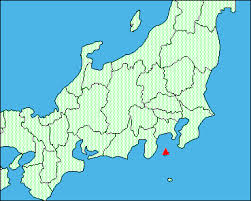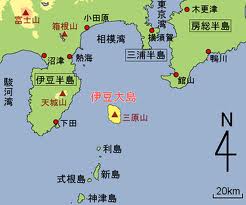This is what happens when western people create Japanese bishojo (beautiful young girl) genre anime.
This video, Senpai club, was pretty shocking and funny for Japanese people. This video has been buzzed in few days. This Japanese bishojo (beautiful young girl) genre anime is created by Swedish. It captures a very classy part of Japanese bishojo (beautiful young girl) genre; but, really cheezy. I could tell the passions and their hard work to learn the genre. I assume that the  creators are students in Sweden.
creators are students in Sweden.
In terms of language use, they use remained me the students’ skit presentation in the university classes. They use a formal forms (-desu, -masu) with casual words (“baka” stupid, “kuso” shit). It makes much funnier.
The description of the video is following.
Here’s the first part of the first episode of the most anticipated and also real anime of the century: Senpai Club! Our main character, Tsumiki, finds herself in a bind as she arrives late for her first day of school. Additionally, she bumped into a hot guy on the way! Is there any limit to her troubles?Be sure to follow our tumblr at http://makebabi.es for updates and such!
I do not know this is really a western perspective of Japanese anime, but I am looking forward to watching the Episode2. Many Japanese people take this as a joke and think very funny. This could be a revolution of Japanese bishojo (beautiful young girl) genre anime .















